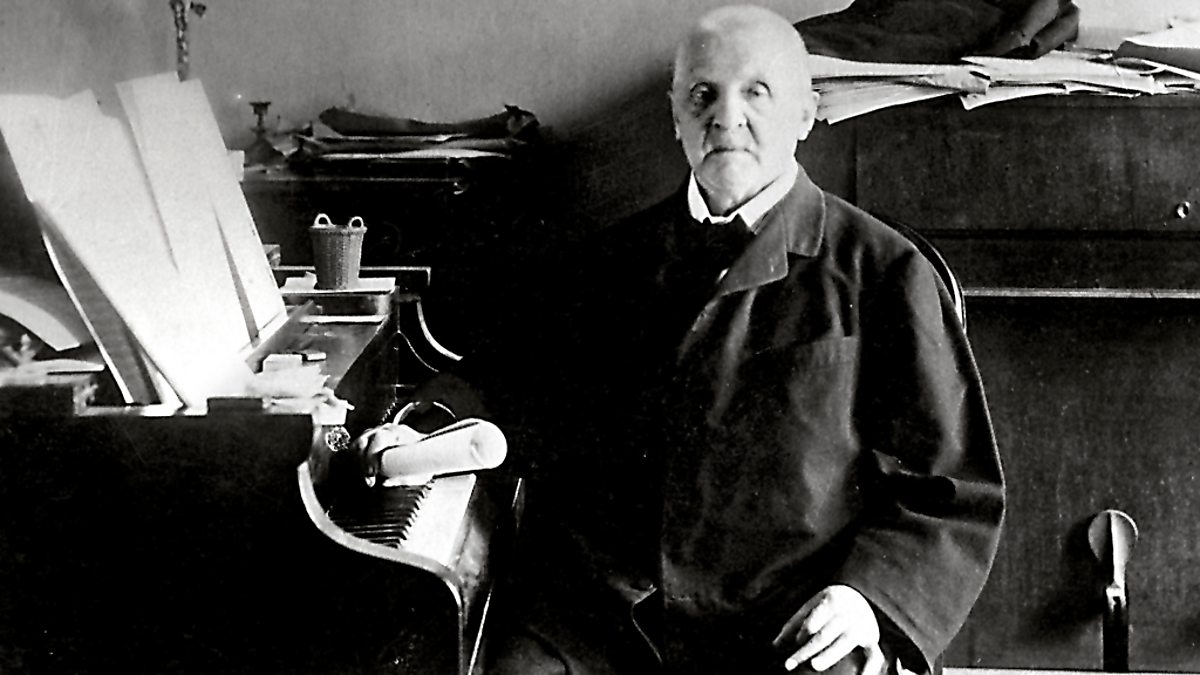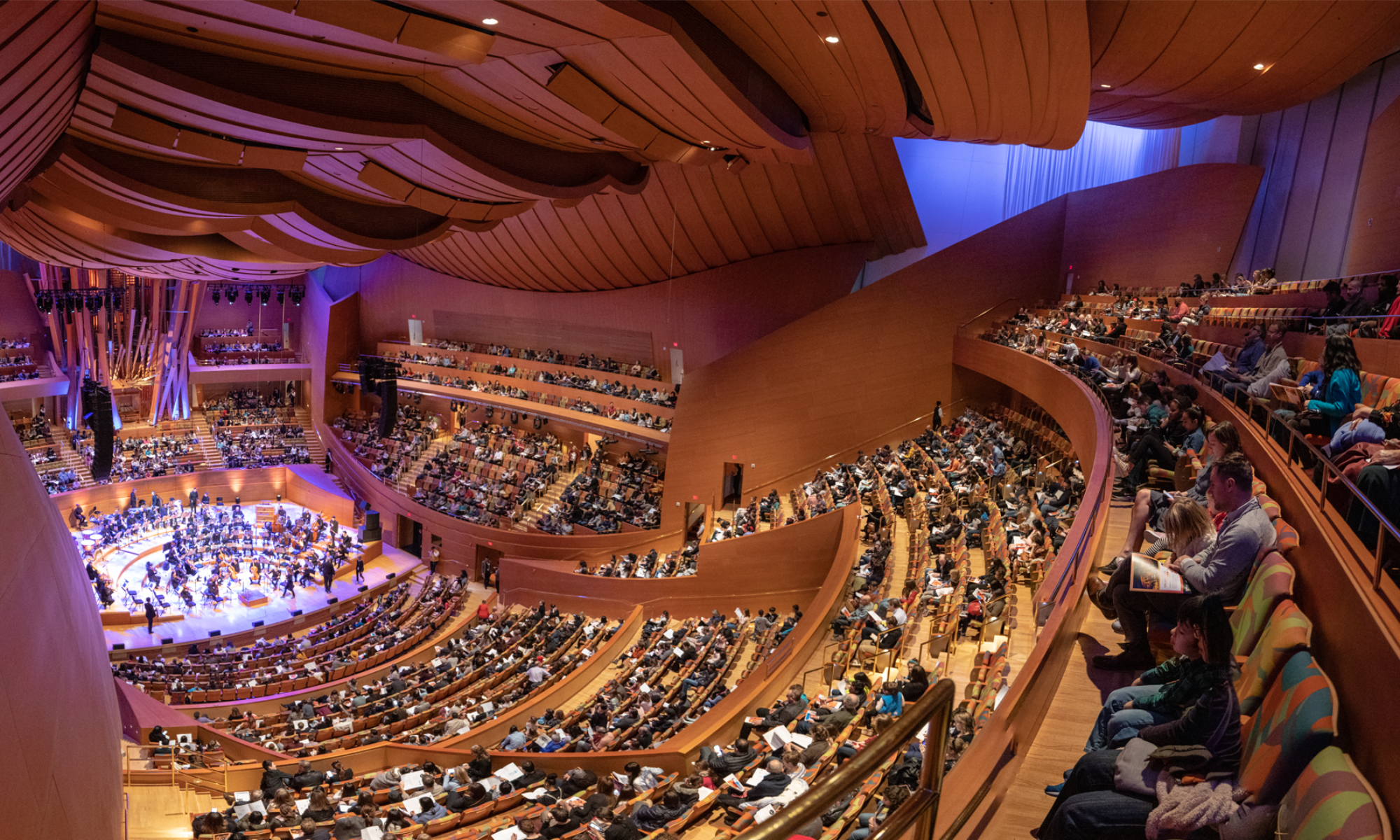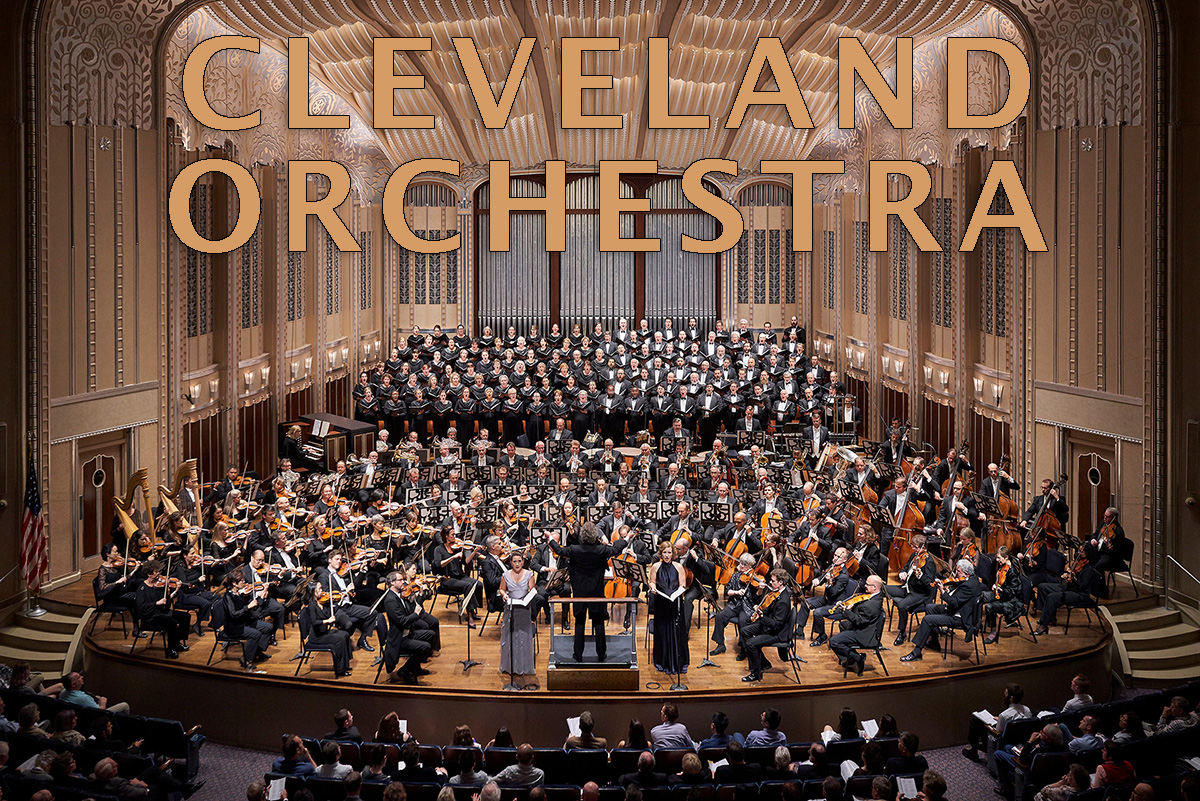Anton Bruckner (1824 – 1896)
Symphony No. 5 in B flat Major
———————
Christoph Von Dohnanyi, Conductor
Cleveland Orchestra
Recorded January 20 and 21, 1991 – Severance Hall, Cleveland, Ohio
———————
ONE-SENTENCE REVIEW:
There are reasons why many people and critics are not fans of Bruckner’s 5th Symphony, this performance by the Cleveland Orchestra conducted by Christoph Von Dohnanyi is not one them.
———————
ORIGINAL LINER NOTES by Mark Audus
The Fifth is at once the most compelling and forbidding of Bruckner’s symphonies. The Finale is one of the crowning glories of symphonic literature, but the road to it is fraught with pitfalls for the weak of heart.
Passages of blazing glory rub shoulders with others of great austerity: rich sonorities stand next to spare counterpoint, and earthy dance-music next to sublime lyricism. Such antitheses – hallmarks of all Brucker’s mature music – are particularly marked here and perhaps explain why this, one of the greatest of his symphonies, has never been among the best-loved.

The composer himself may have recognized his exceptional achievement in the Fifth; and recounted to Richard Wagner: “Dr. Liszt played through my Fifth Symphony, and ‘proclaimed’ (his own words!) my virtues to [Prince] Hohenlohe, ‘My only consolation in Vienna!'”
Yet even Bruckner’s friends seem to have been daunted by the work, and it received only two performances in Bruckner’s lifetime; the first on April 20, 1887 (almost ten years after its completion) in an arrangement for two pianos by Josef Schalk, and the second on April 9, 1894 in a heavily cut and edited version by Franz Schalk (still to be heard until relatively recently) which the composer was mercifully too ill to attend.
Lying at the center of Bruckner’s symphonic oevre, the Fifth seems both to close the door on the early symphonies and to look forward to the mighty world of the late works. Indeed, a number of writers have described it as Janus-like, a metaphor that can be extended beyond the scope of Bruckner’s own works to that of a wider music history. For it seems as once to look back to the worlds of Classicism and the Baroque and forward to a new kind of music which fuses counterpoint and symphonic form.

The Janus metaphor may be applied on many levels, although the Fifth is full of thematic cross-references between the movements, the most obvious are between the second and third (both of which start with the same motif at different speeds) and the first and last – suggesting a symmetrical layout.
Such an observation is corroborated by the proportions of the of the movements, which are more evenly balanced than the beginning-heavy Seventh and the end-heavy Eighth. We might even suggest that Bruckner composed the work ‘inside out.’
Composition began (on February 14, 1875) with the Adagio, followed by the first movement, the Scherzo and Trio, and the Finale (May 1877). Subsequent revisions brought Bruckner full-circle to complete the Adagio by January 4, 1878.
Bruckner dedicated the Fifth Symphony to ‘his Excellency Herr Carl von Stremayr, Imperial Minister for Culture And Education.’ This is particularly appropriate, for not only did Stremayr help secure Bruckner a professorship in harmony and counterpoint at Vienna University, but this is also the most ‘learned’ of Bruckner’s symphonies.
It is difficult to apply the term ‘programme music’ in the conventional sense to any of these works, the Fourth comes the closest, but the Fifth lays greater claim to the description of ‘absolute music.’
The beginning of the slow introduction – unique in Bruckner’s symphonies and itself a ‘Classical’ feature – can almost be heard in terms of an exercise in species counterpoint. Both the introduction and the following Allegro seem to be ‘about’ avoiding the implied tonic chord, so that even the first subject quickly veers to the minor mode, and though the tonic is finally achieved, the whole movement still has an introductory feel about it.
TRACK LISTING:
Anton Bruckner (1824 – 1896) – Symphony No. 5in B Flat Major
- Introduction: Adagio – Allegro [19:41]
- Sehr langsam [18:10]
- Scherzo: Molto vivace – Trio [13:05]
- Finale: Allegro molto [22:53]
FINAL THOUGHT:
I mean, definitely not my go to when I have a hankering for Bruckner. That said, it does have some damn fine rousing moments!
 Emily Sachs – President – Manka Music Group (A division of Manka Bros. Studios – The World’s Largest Media Company
Emily Sachs – President – Manka Music Group (A division of Manka Bros. Studios – The World’s Largest Media Company





